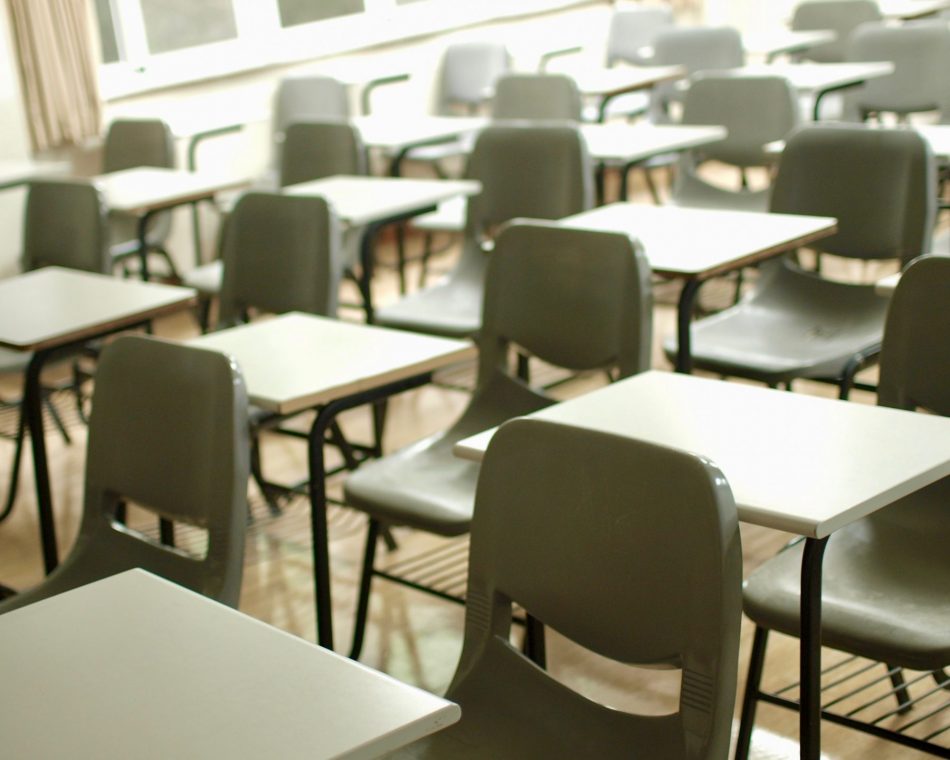GENEVA (AN) — The coronavirus pandemic has kept 168 million children from attending schools around the world and for many of them the consequences of falling behind could be disastrous, the U.N. children's agency reported on Wednesday.
Some 98 million of these children, or 58%, were in Latin American and Caribbean schools, according to UNICEF, which warned that the consequences of extended time away from classrooms range from lost knowledge or career opportunities to increased risks of forced marriage or labor. The region has endured a steep rise in poverty during the pandemic that now affects more than 200 people.









